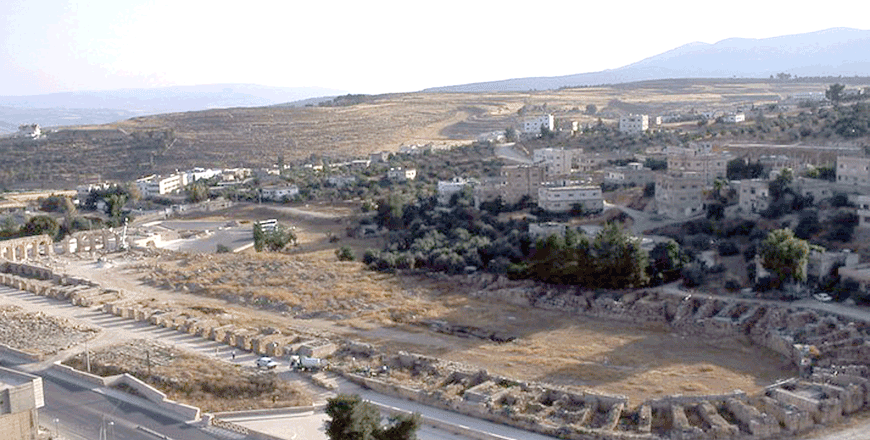The hippodrome excavation in Jerash (ancient Gerasa) should be viewed as an exceptional case, said Australian professor Ina Kehrberg-Ostras.
Typically, excavation of a hippodrome takes more time than was the case in Jerash. The hippodrome, which has been completely excavated according to archaeological standards, is much smaller than other circuses around the Greco-Roman world, Kehrberg-Ostras noted.

“The hippodrome was under construction in the second half of the second century AD and was completed before — certainly not later — than AD 212. The building served its primary purpose for an exceptionally short time; already towards the end of the third century, at latest the very beginning of the fourth, the hippodrome was no longer used for chariot racing,” the professor said.
It might seem surprising that the hippodrome in Jerash ceased to serve the purpose for which it was built alongside new circuses that were being constructed in other cities of the Roman Empire, Kehrberg-Ostras continued.
Explaining the reasons behind the hippodrome’s discontinued use for chariot racing, the professor noted that “the cause was the deterioration of some parts of the structure, which started immediately after the completion of construction and due to the poor foundation of the building”.
Kehrberg-Ostras noted that the building was not abandoned after it had ceased to serve its original purpose.
“Instead of chariot racing, the building and its outer perimeter became an industrial centre, mainly for ceramic production,” Kehrberg-Ostras explained.
This activity started in the last decades of the Roman and continued throughout the entire Byzantine period.
Kilns for firing pots, oil lamps, tiles and water pipes were manufactured in some chambers of the substructure of the hippodrome’s cavea as well as outside the structure.
“Other chambers housed installations for the production of a gypsum-like substance associated with ceramic production, while some chambers were adapted for dwelling purposes,” she said.
Kehrberg-Ostras said that many of chambers were used as places for dumping misfired ceramics.
“There was not a single chamber which would not have been used for one or the other of the various listed purposes, and in many cases, one chamber catered to a different kind of use in successive periods,” Kehrberg-Ostras noted.
During the same period of productive activity in the building, some of the hippodrome’s parts were subjected to destructive activity, which followed the process of deterioration of the masonry.
As early as the end of the 4th century AD, the building was robbed of its stones, which were used to build other structures.
“The latest evidence for this activity comes from the 6th century AD. However, the final destruction of the building was caused by a cataclysmic earthquake in 749 AD,” Kehrberg-Ostras said.
--
Source: the Jordan Times.
